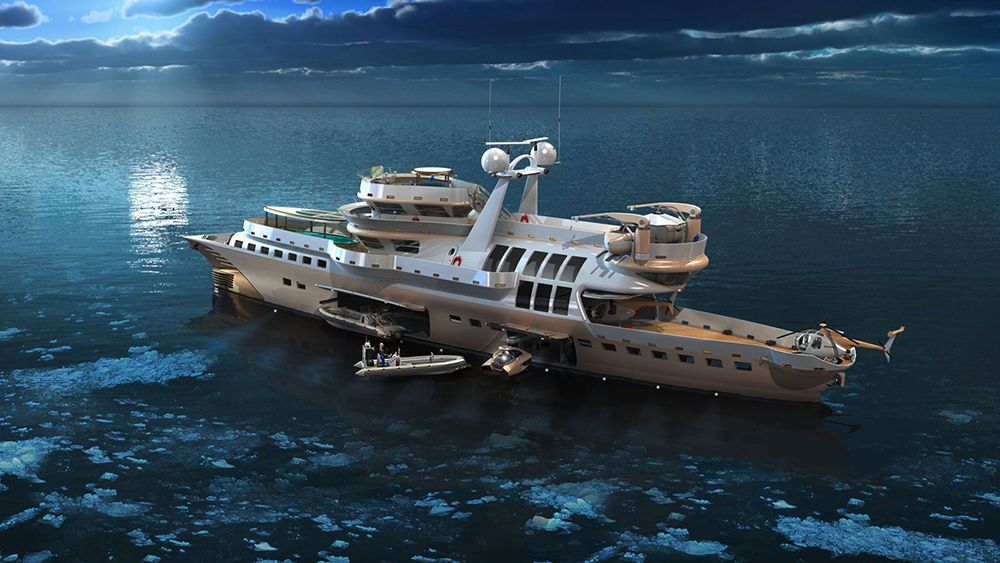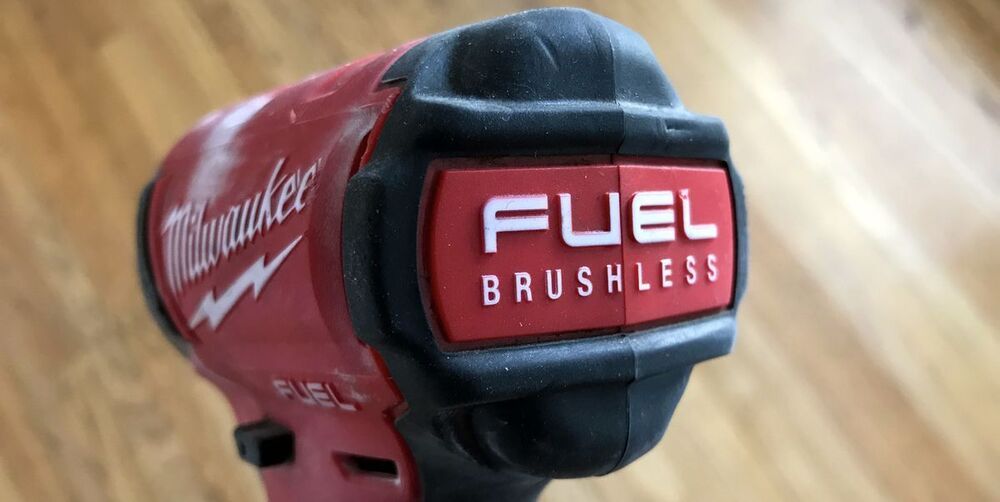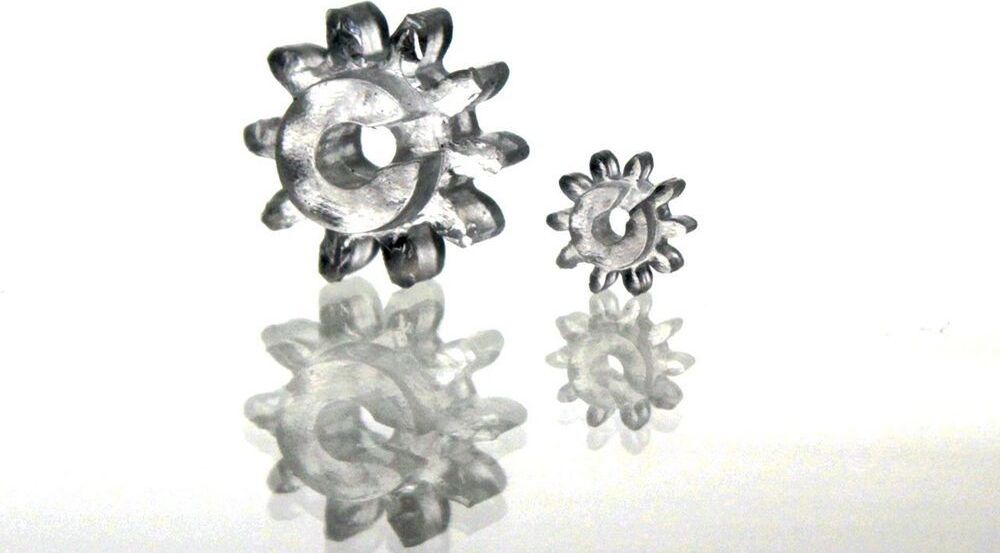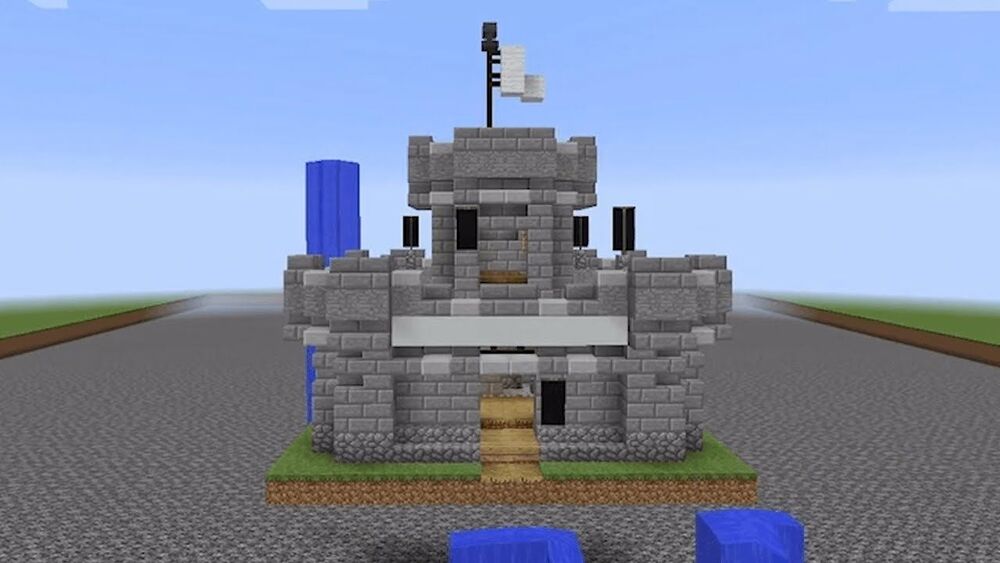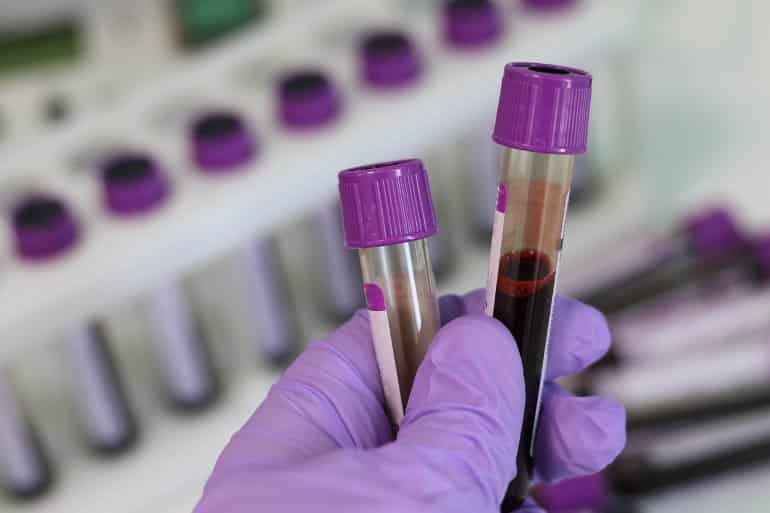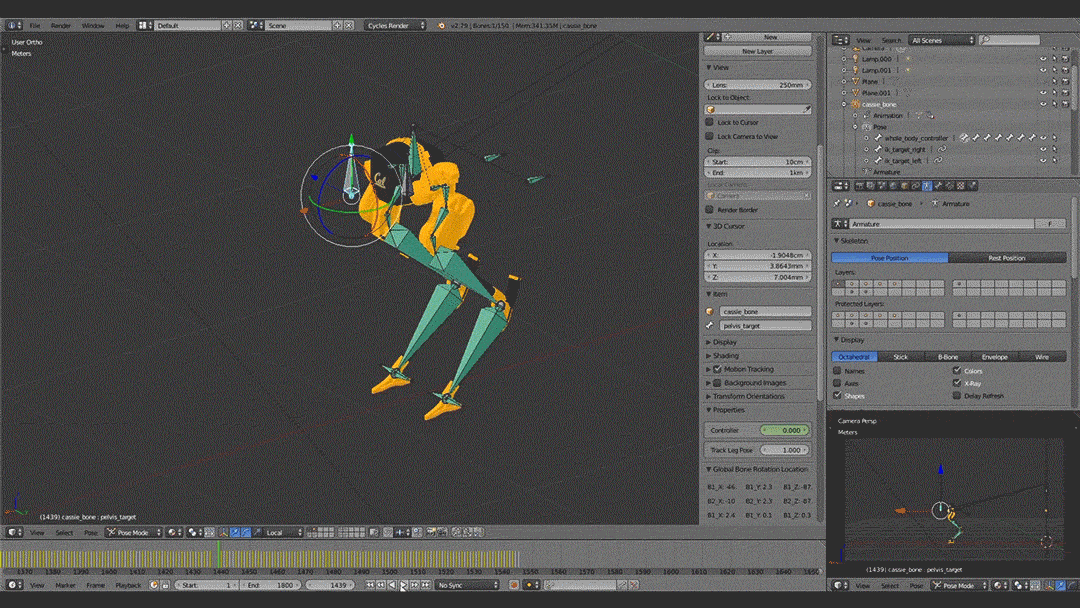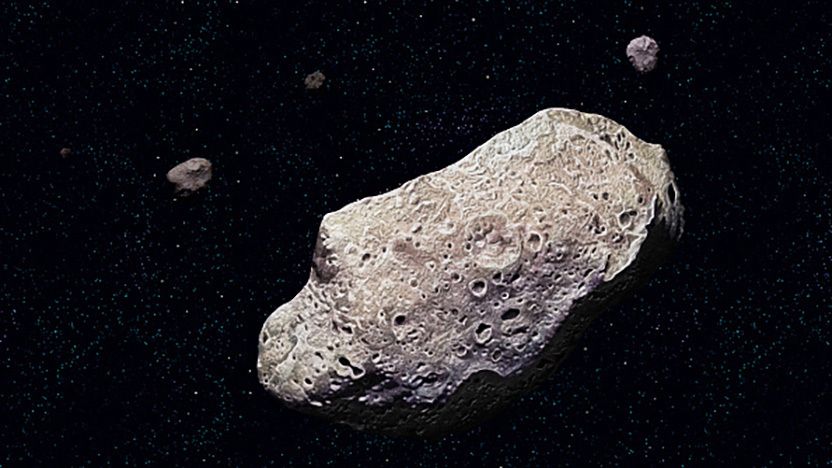Onboard, Arctic Owl is equipped with all the requisite gear for oceanic expeditions. She features a helideck and an 850-square-foot hangar to accommodate your choppers. She also sports garages port and starboard that can hold a U-Boat Worx NEMO submarine, plus other toys, tenders and equipment. These smaller vessels can be deployed via her two cranes at the aft.
The spacious vessel can sleep up to 10 guests across six staterooms, including two master cabins with panoramic views. There is also space for six crew. Elsewhere, Arctic Owl features a large swimming pool and lounge at the bow, along with a spa on the flybridge.
Needless to say, Arctic Owl can certainly soar. She’s powered by twin Cummins hybrid diesel-electric engines that propel her to a top speed of 18 knots and a cruising speed of 16 knots. She also offers an impressive transatlantic range of 6000 nautical miles—that’s New York to the North Pole and back.
